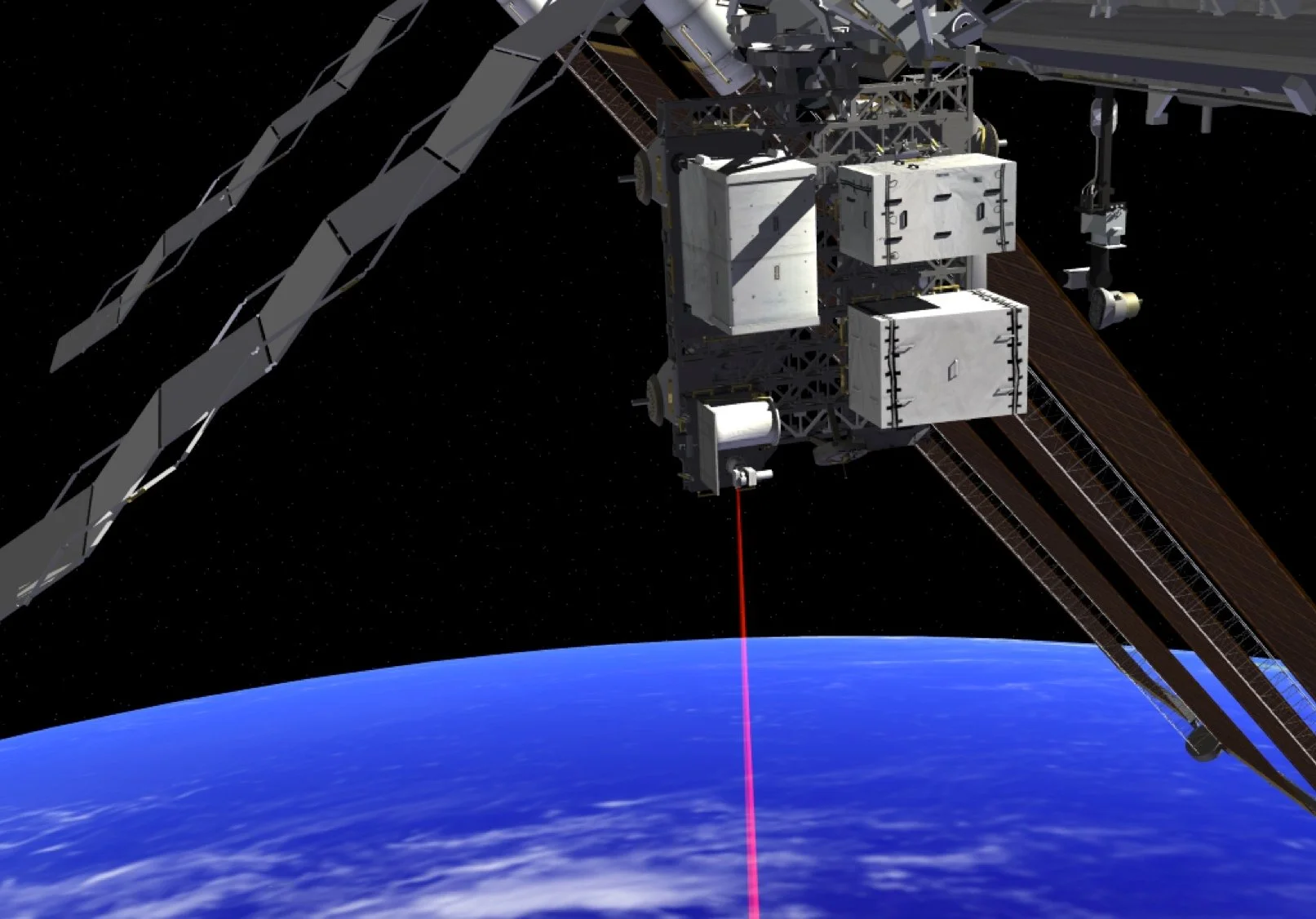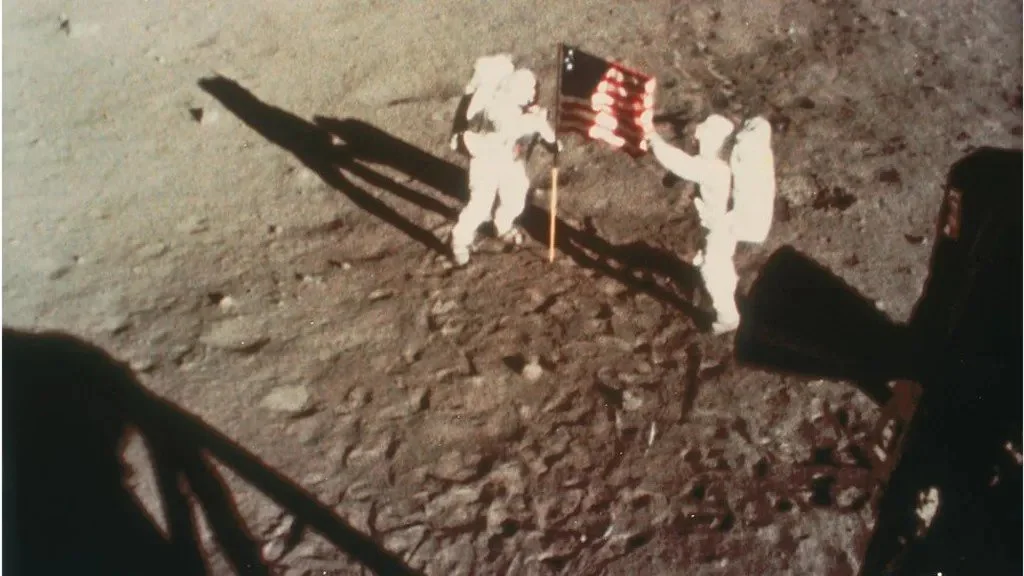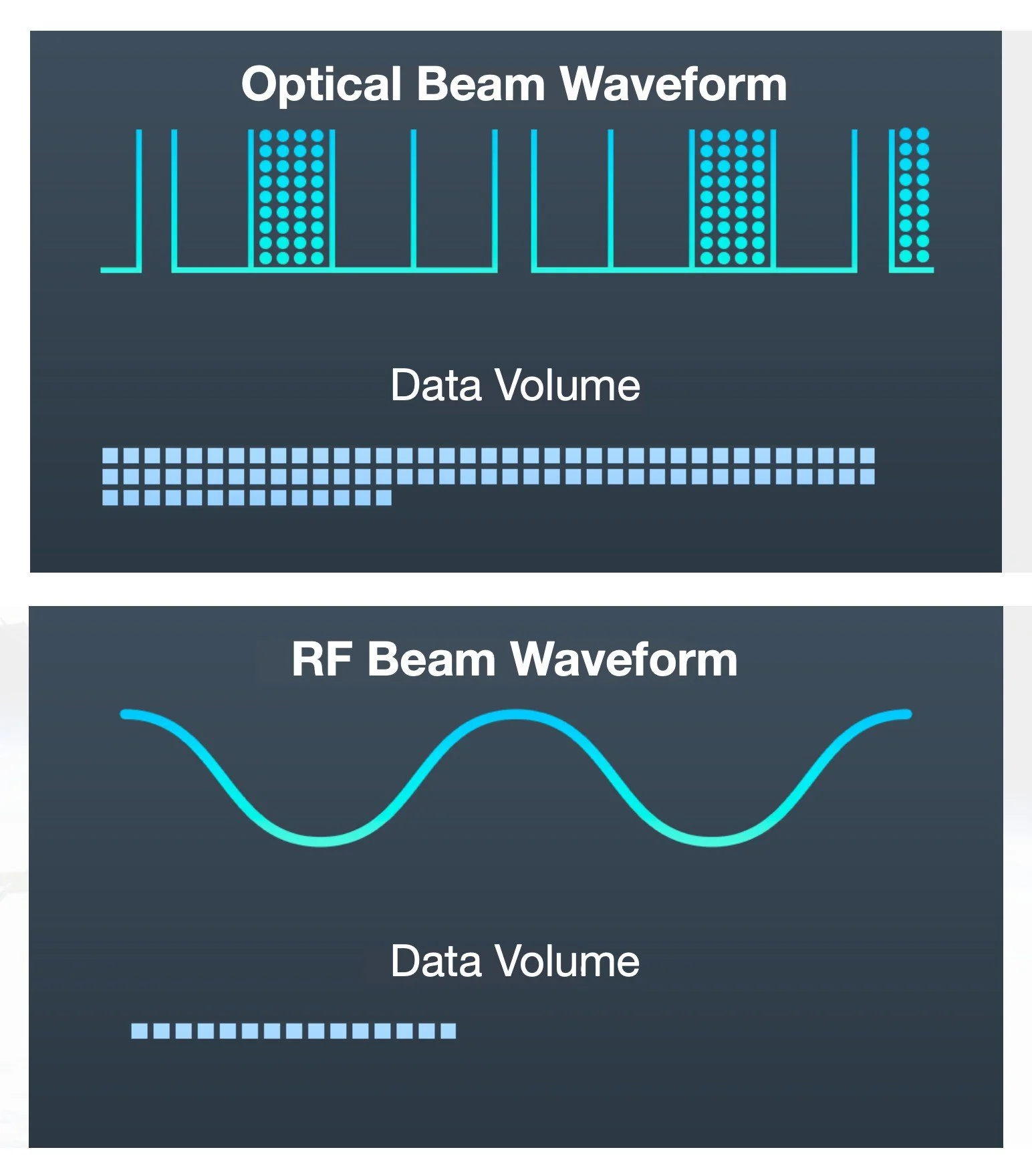Why Are Laser Communications the Future of Satellite Connectivity?
Published May 14 2025
By Dr. Lyra Walsh & Aliesha Aden
With data flowing constantly between our many devices, it’s easy to assume that bandwidth is abundant everywhere. But in space, communication is still a limited resource. A major bottleneck restricts how much data a spacecraft can transmit—mainly due to the limitations of radio frequency communications.
Radio waves are excellent for broadcasting over wide areas, but they're far from ideal for focused, point-to-point links. Even from highly directional antennas, radio signals diverge significantly, which can lead to interference between transmissions.
To prevent conflicts, the radio spectrum is tightly regulated. And we're already pushing the limits of how much information we can pack into a radio signal.
Source: GettyImages Neil Armstrong and Buzz Aldrin unfurl the US flag on the moon, 1969
This isn’t a new problem.
The 1969 broadcast of the Apollo 11 Moon landing had to be severely compressed to fit within the ~50 kb/s bandwidth of the S-band radio link. If we want to see the Moon in crisp 4K, we’ll need a connection that’s thousands of times faster.
That’s where laser communications come in.
Like radio, lasers are a form of electromagnetic radiation, but they operate at much higher frequencies. This brings two major advantages:
First, higher frequency means higher data capacity. We can modulate far more information onto a laser beam than a radio wave—that’s why the internet relies on optical fibre rather than copper wire for its backbone. Streaming a 4K Moon landing over radio? Not feasible. With a laser? Absolutely.
Second, laser beams diverge far less than radio signals. Rather than spreading out and potentially interfering with others, a laser stays tightly focused on its target. This allows multiple spacecraft to communicate simultaneously without crosstalk and ensures that more of the transmitted power reaches the receiver. As a result, laser systems can be smaller, lighter, and more power-efficient—critical advantages in spacecraft design.
Source: NASA - Laser communications enable more data to be sent back in a single link to Earth.
But if lasers are so superior, why aren't they standard yet?
The first challenge is precision.
That same tight beam that avoids interference also requires extreme accuracy in pointing. Imagine holding a laser pointer steady on a moving object hundreds of kilometres away—while you're both traveling at thousands of meters per second. That’s the challenge of pointing, acquisition, and tracking in laser communications.
The second challenge is Earth’s atmosphere.
The turbulence that makes stars twinkle also makes laser beams wander. Strong turbulence can even break up the beam, making the received signal fluctuate unpredictably. A laser beam transmitted through the atmosphere needs to be adjusted hundreds or thousands of times per second to optimise the quality of the link.
These are the challenges being tackled by projects like TeraNet and others around the globe—paving the way to move space communications out of the dial-up era and into the laser age.
Source: TeraNet – Dr. Shane Walsh inside an Optical Ground Station based at The University of Western Australian (TN-1).




